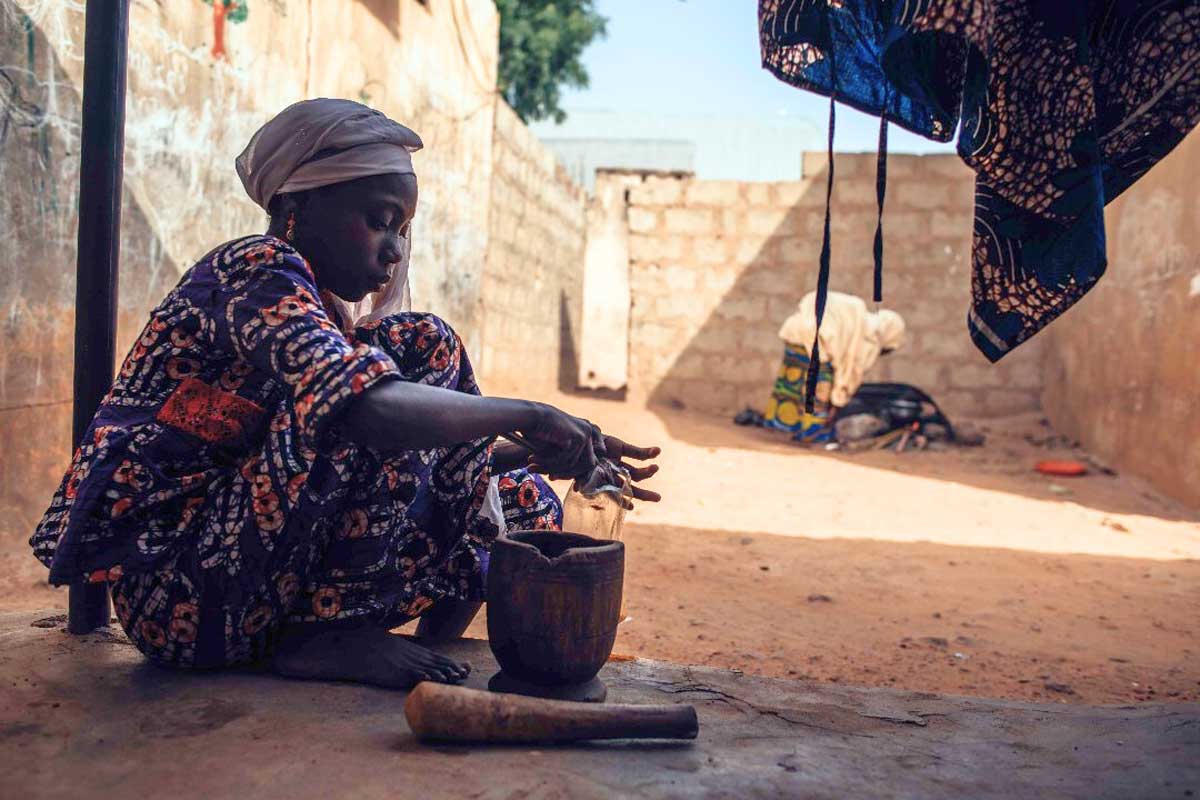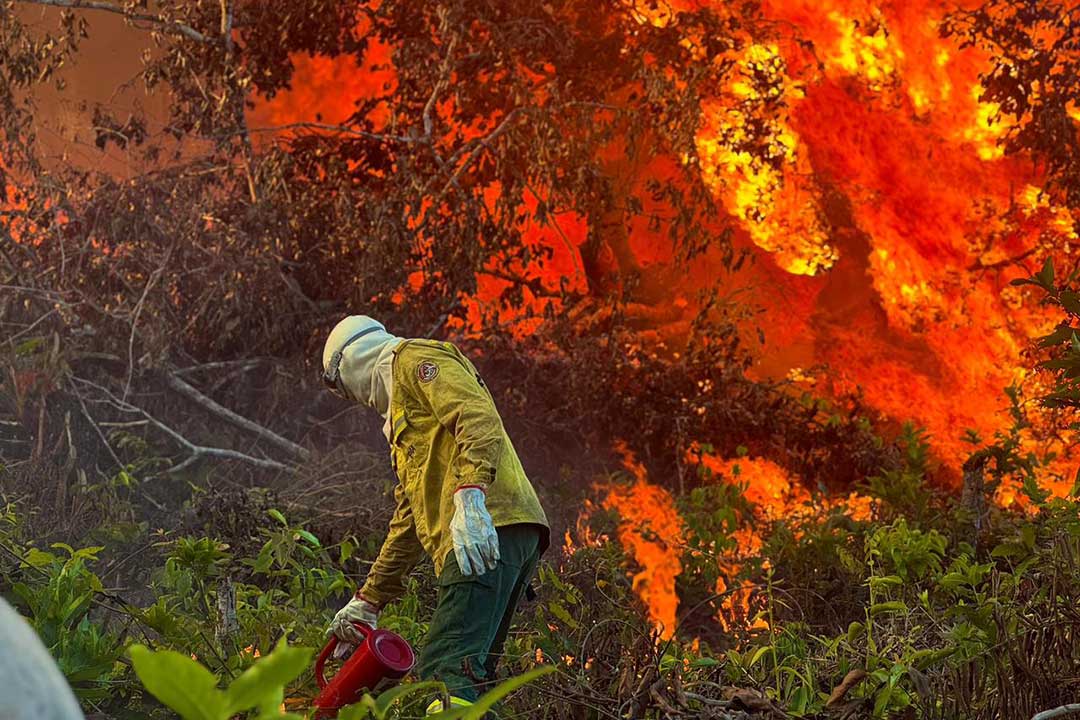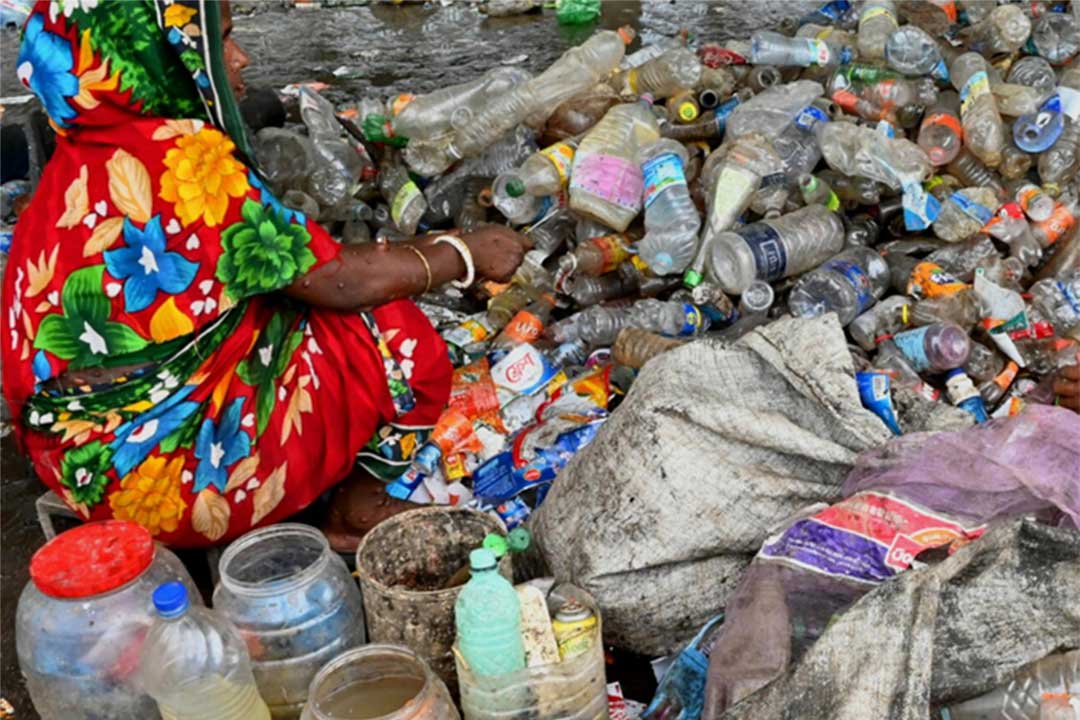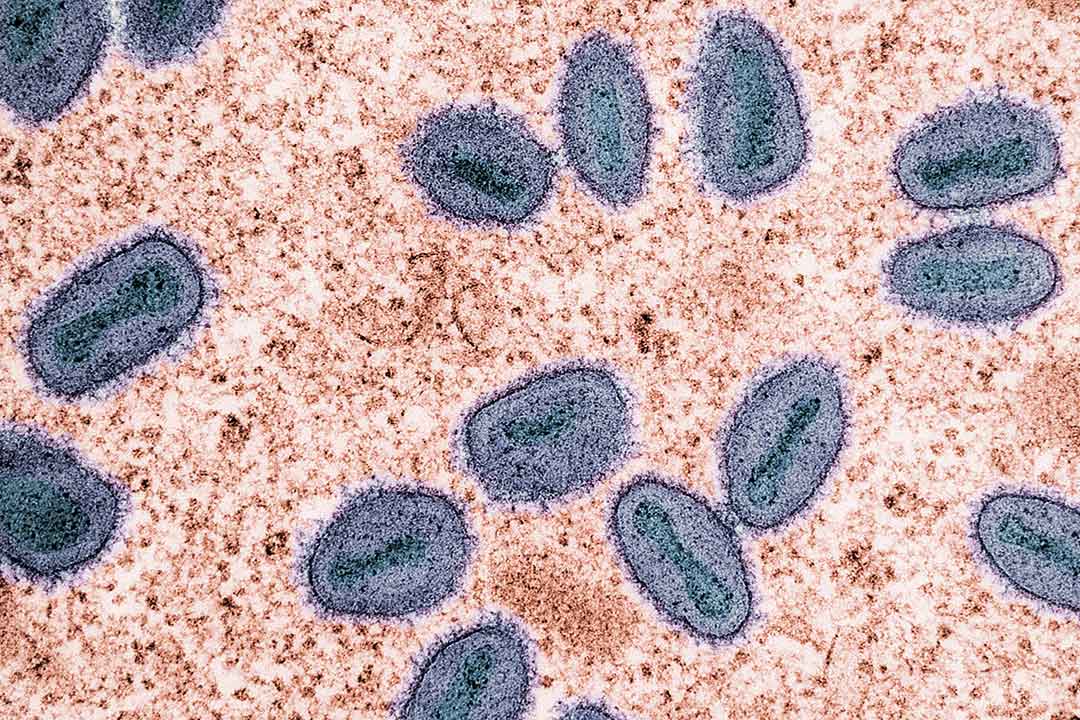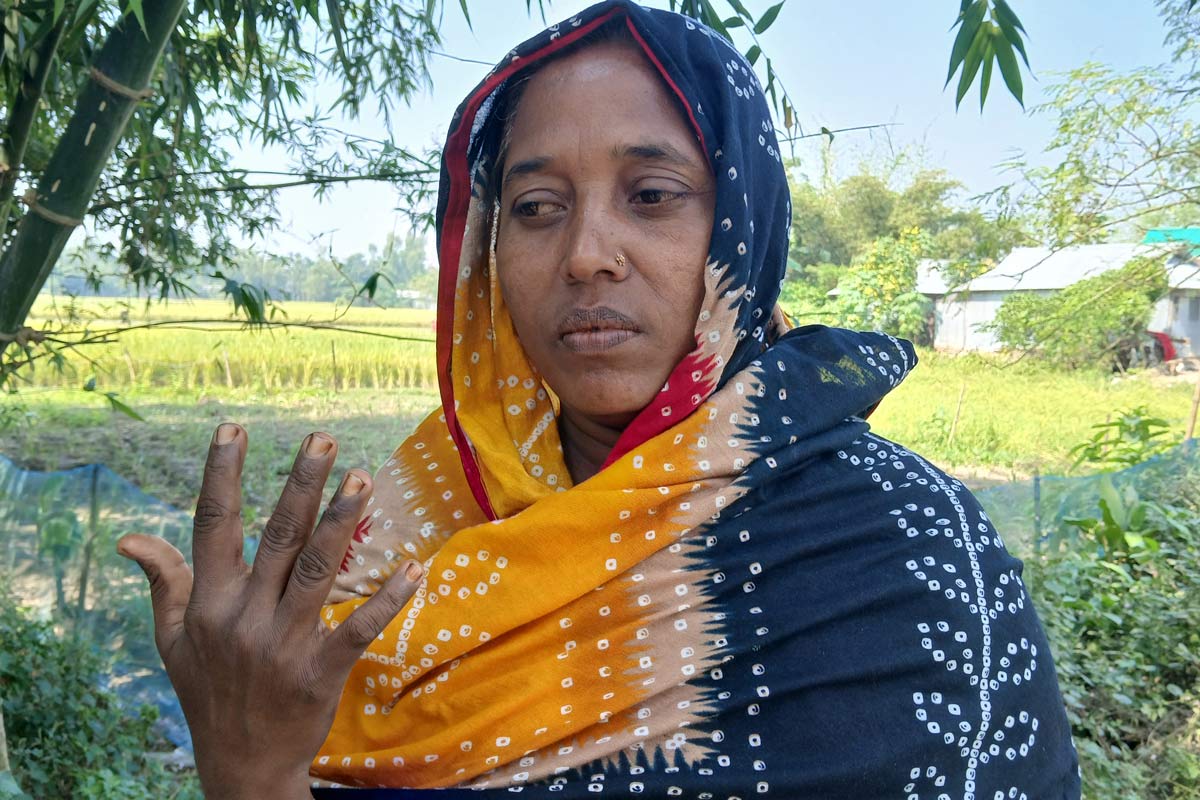Zika, dengue transmission expected to rise with climate change
A new study foresees a 20% increase in cases of viruses like dengue, Zika and chikungunya over the next 30 years due to climate change. Higher temperatures are already causing the diseases carried by the Aedes aegypti mosquito to spread in cooler regions like southern Brazil and southern Europe.
- 18 August 2023
- 6 min read
- by Mongabay
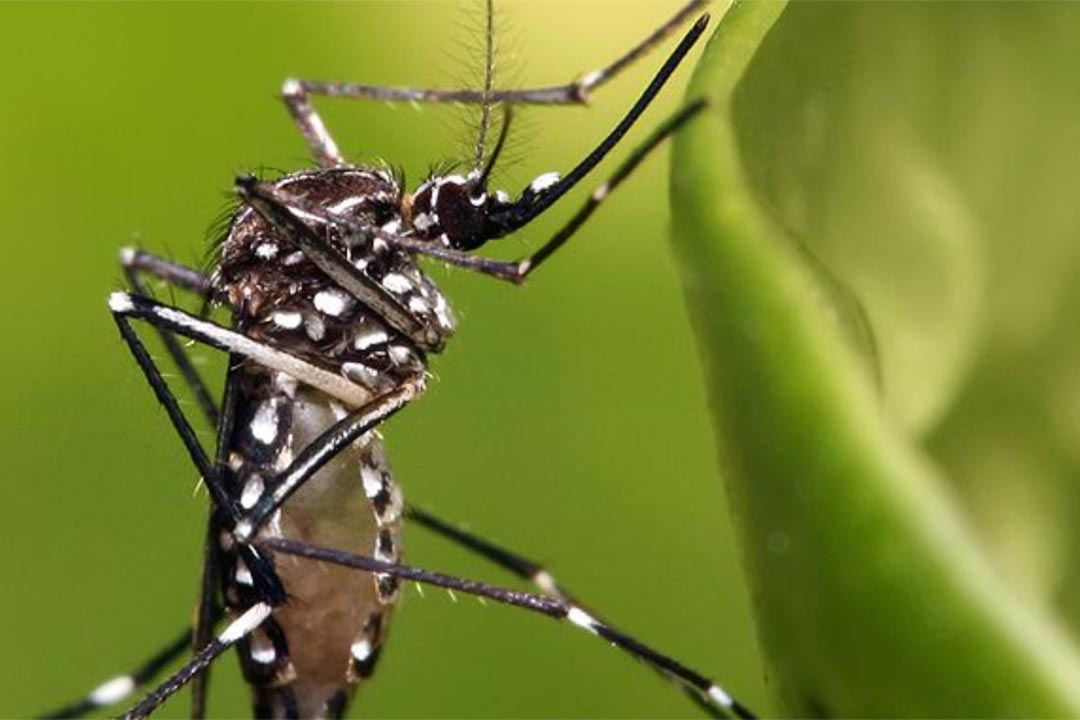
The number of deaths in Brazil due to dengue hit a record high in 2022, with 1,016 — the first time in history the number had surpassed four digits. And the sobering statistic is expected to be even higher in 2023.
According to the Center for Arbovirus Emergency Operations, 635 fatal cases had been reported by June 11 — up 22% as compared with the same period in 2022. The agency's most recent update, released by the Ministry of Health, shows 1.3 million probable cases so far this year, while the total number for 2022 was 1,450,270 cases.
If the threat of dengue, which is mostly transmitted by the female Aedes aegypti mosquito, seems frightening now, a study carried out at the University of Michigan in the United States painted a worse picture for the future. The transmission potential of arboviruses — which include, aside from dengue, Zika and chikungunya — could increase by 20% over the next 30 years because of climate change.
The study arrived at this alarming conclusion after analyzing the incidence of these diseases in four Brazilian cities: Manaus, Recife, Rio de Janeiro and São Paulo.
"Brazilian health agencies need to be prepared not only for the increased incidence of diseases like dengue and Zika, but also for longer transmission seasons and broader geographic areas of occurrence," affirms epidemiologist Andrew Brouwer, co-author of the study and researcher at the University of Michigan School of Public Health.
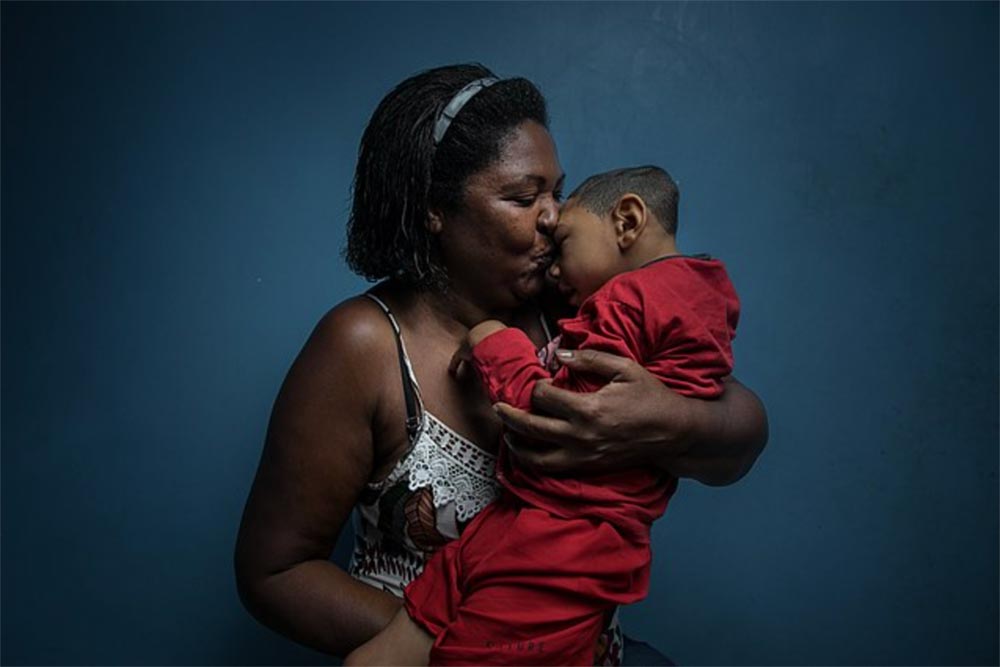
Image by Felipe Fittipaldi/Wellcome Photography Prize 2019 via Wikimedia Commons (CC BY 4.0).
More outbreaks in cooler regions
To comparatively measure the epidemic potential of Zika and dengue, the scientists first estimated the number of new cases that mosquitos would cause in a susceptible population after biting and infecting one person, a figure known as the basic reproduction number, or R0. They then used historical data and temperature projections for the years 2045-49 to predict the risk of the diseases.
According to Brouwer, one example of what the increase in basic reproduction number could mean in practice became evident in the case of Manaus, where the current average R0 for Zika is 2.3. This means that one person could infect 2.3 people. In Manaus, this number is expected to grow to around 2.5 by 2050. "This change in the R0 seems small, but it can quickly elevate the transmission chains and lead to larger, faster-spreading outbreaks."
The study showed greater potential for Zika epidemics than current levels in all the climatic scenarios that it analyzed, including Manaus, where the threat had been expected to drop because of extreme heat. Zika and dengue spread most quickly at average daily temperatures around 30° Celsius, but outbreaks are still possible at 35°C.
The study also showed that the seasons in which the diseases spread will be longer by two or three months in Rio de Janeiro and by two months in Recife by 2050 — up from the current four months a year during which the most outbreaks occur (from December through March). Because temperatures there are lower, São Paulo is at lower risk for spread of the diseases but may become more vulnerable to outbreaks between November and April.
"We were expecting a consistent drop in the projections for risk of arboviral diseases in for the hottest regions of the country, but most of the scenarios showed higher levels than we have today. There will probably be sporadic outbreaks in the coolest regions that will become increasingly common as temperatures rise," said Brouwer.
Have you read?
Arboviruses are already spreading to cooler regions today, driven not only by higher temperatures but by the fact that they are transported more frequently by roadway vehicles and airplanes traveling between Brazil's medium- and large-sized cities.
This fact is evidenced by data on the states with the most deaths in 2022: São Paulo (282 deaths), Goiás (162), Paraná (109), Santa Catarina (88) and Rio Grande do Sul (66). The city of Joinville, located in the southern — and cooler — state of Santa Catarina, ranked fourth among the Brazilian cities with the most cases of dengue, with 21,300.
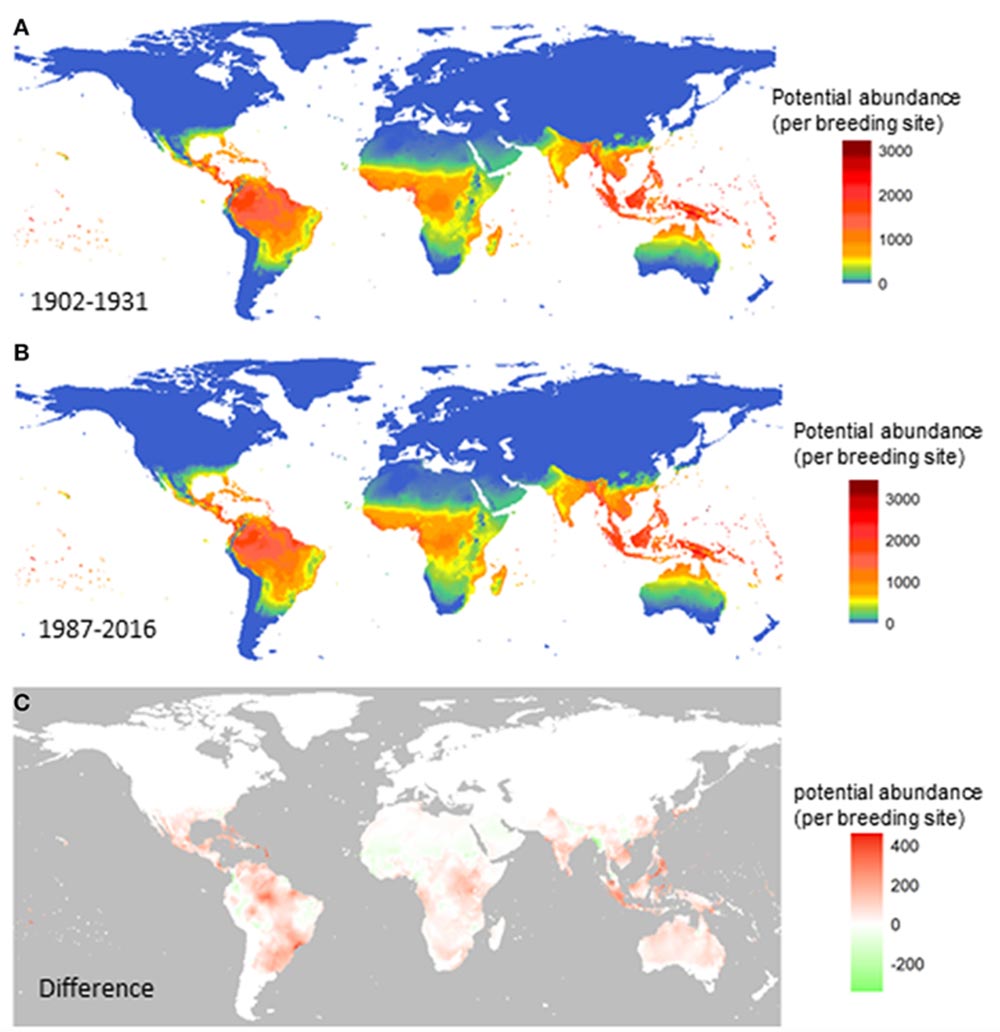
Image courtesy of Liu-Helmersson et al. (2019).
More forest, less disease
One of Brazil's leading public health specialists, Christovam Barcellos, who is head researcher at the Fiocruz Health Communication, Technology and Scientific Information Institute's Health Information Laboratory (LIS/ICICT), explained how the dengue transmission scenario is changing.
"All the traditional studies on dengue looked at high temperatures and rainfall, but this pattern is changing," said Barcellos. "Rainfall isn't the only factor affecting dengue. Drought can also produce the disease, because people begin to store water inside their homes, bringing the enemy in with it. In southern Brazil, for example, we had many years of La Niña [a seasonal phenomenon when currents in the Pacific Ocean are cooler], which led to a strong drought — no rain and a high temperature. It was an unprecedented situation. Dengue spread like wildfire in those regions."
Barcellos is also one of Brazil's coordinators of the international Harmonize project, funded by the Wellcome Trust fund. Harmonize will study how climate changes may alter incidence patterns of illnesses transmitted by mosquitos. According to him, "tropical diseases are spreading to temperate zones. I met with a group of French researchers who are quite concerned with the presence of Aedes aegypti in southern Europe. They are seeking to learn how to deal with a possible epidemic from us."
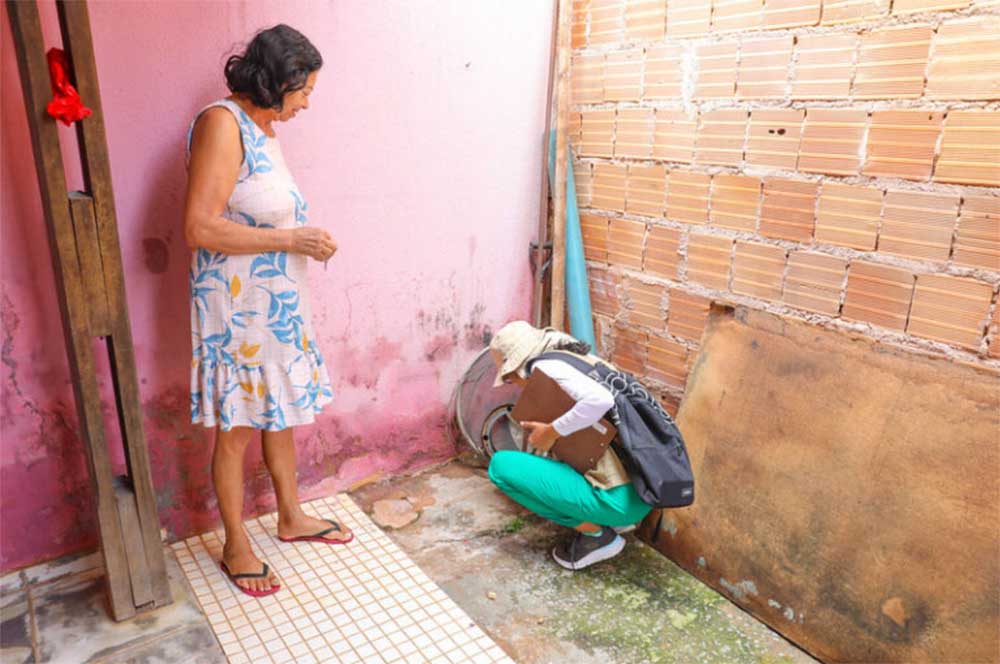
Image courtesy of Paulo H. Carvalho/Agência Brasília.
The loss of biodiversity due to deforestation is another factor that scientists now see as fundamental in explaining increased numbers of dengue and Zika cases.
One study carried out by researchers at four universities in the state of Minas Gerais found that, despite what is commonly thought about the correlation between forests and tropical diseases, rainforests are, in fact, one of the most important tools in combatting A. aegypti.
"Aedes aegypti can't even establish a population in forests. It can only survive in environments with fewer competitors and no predators. It doesn't cohabitate well with Brazilian biodiversity. But when this biodiversity is reduced, a perfect niche is created for the mosquito to set up residence and reproduce," explained Sérvio Pontes Ribeiro, head researcher at Ouro Preto Federal University's Forests and Disease Ecology Laboratory and one of the people responsible for the study.
According to Ribeiro, one important solution for fighting the proliferation of this mosquito in urban areas is to replant rainforest inside the city and in surrounding areas. "Forest corridors attract birds and other mosquito species that don't transmit the disease and compete with Aedes aegypti. Well-maintained and preserved forests fragment the mosquito's population and end up dissolving it."
Citations:
Liu-Helmersson, J., Brännström, Å., Sewe, M. O., Semenza, J. C., & Rocklöv, J. (2019). Estimating past, present, and future trends in the global distribution and abundance of the Arbovirus vector aedes aegypti under climate change scenarios. Frontiers in Public Health, 7. doi:10.3389/fpubh.2019.00148
Van Wyk, H., Eisenberg, J. N., & Brouwer, A. F. (2023). Long-term projections of the impacts of warming temperatures on Zika and dengue risk in four Brazilian cities using a temperature-dependent basic reproduction number. PLOS Neglected Tropical Diseases, 17(4), e0010839. doi:10.1371/journal.pntd.0010839
Pedrosa, M. C., Borges, M. A., Eiras, Á. E., Caldas, S., Cecílio, A. B., Brito, M. F., & Ribeiro, S. P. (2020). Invasion of tropical montane cities by aedes aegypti and aedes albopictus (Diptera: Culicidae) depends on continuous warm winters and suitable urban Biotopes. Journal of Medical Entomology. doi:10.1093/jme/tjaa135
Written by
Luís Patriani on 9 August 2023 | Translated by Maya Johnson
Website
This story was reported by Mongabay Brasil team and first published here on Brazilian site on July 17, 2023.
